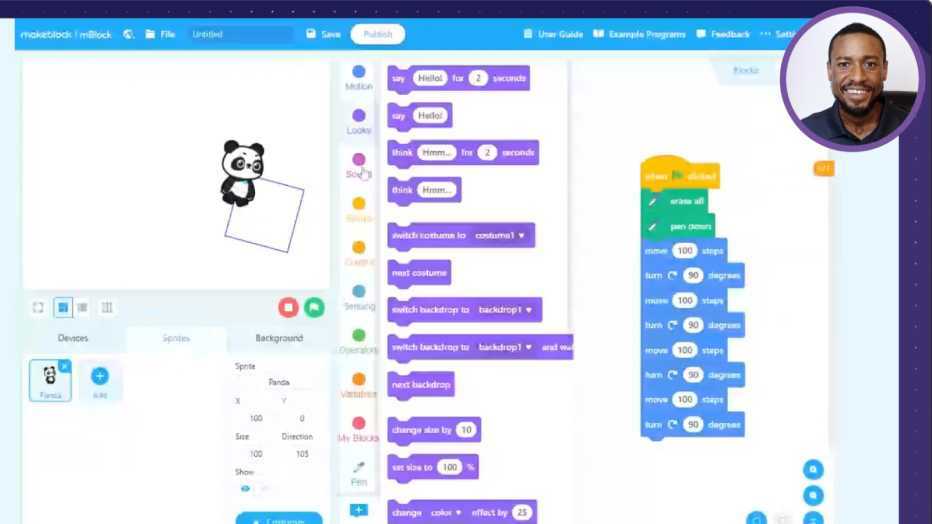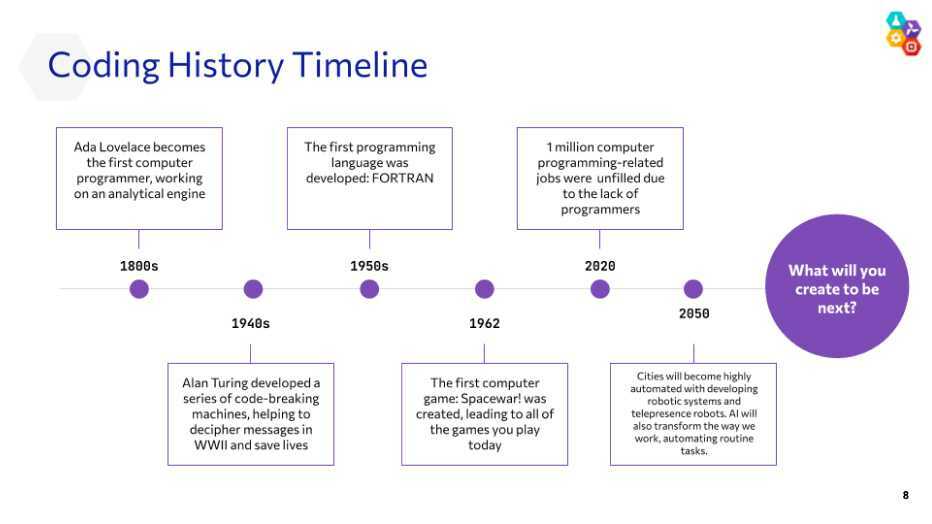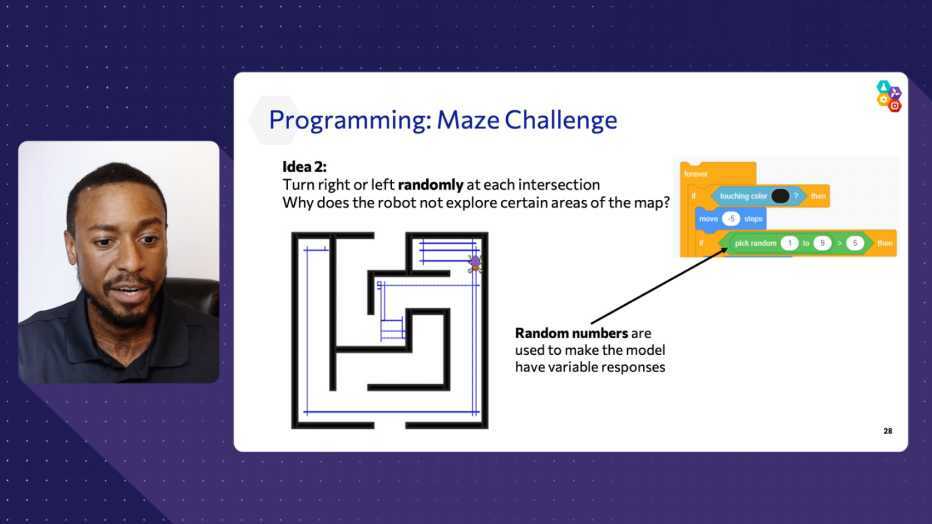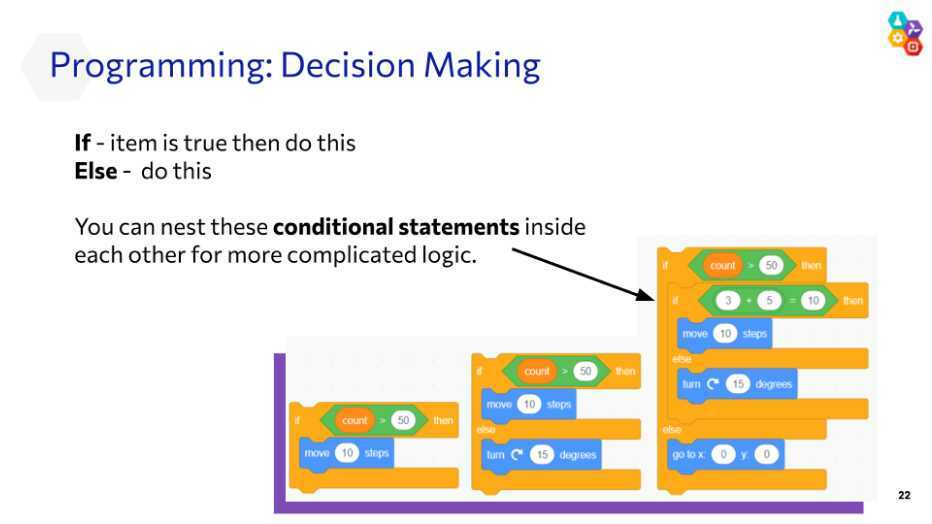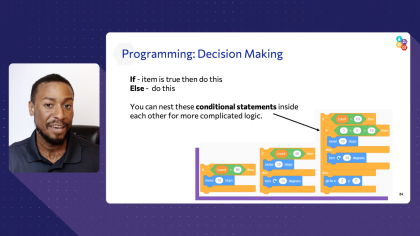In this Robotics lesson, students will utilize block coding to move a virtual robot in a particular manner. Students will learn the basics of coding, including how to use variables, loops, and conditional statements. Throughout a variety of activities, students will put their coding knowledge to the test. The final activity will be navigating a virtual robot through a maze. Students will use the Coding Design Process to craft their code and iterate their designs.
Students will:
- Learn more about electrical engineering and computer science with a hands-on experience
- Understand the basics of robotics systems
- Use the Coding Design Process to write code and improve it upon analysis
- Critically think in order to create their own set of solutions to their puzzles.
-
Lab time commitment
90-120 minutes
(including 30-minute intro video) -
Lab materials
Digital materials only
-
Live Q&A session and wrap up with
College Students & Professional Engineers
Classroom Tools & Resources
Get access to all of the presentation materials, workbooks and resources to run the Robotics lab in your classroom.
Lab Intro Videos
Get our engineer’s introduction to the lab topic and learn more about the lab activity.
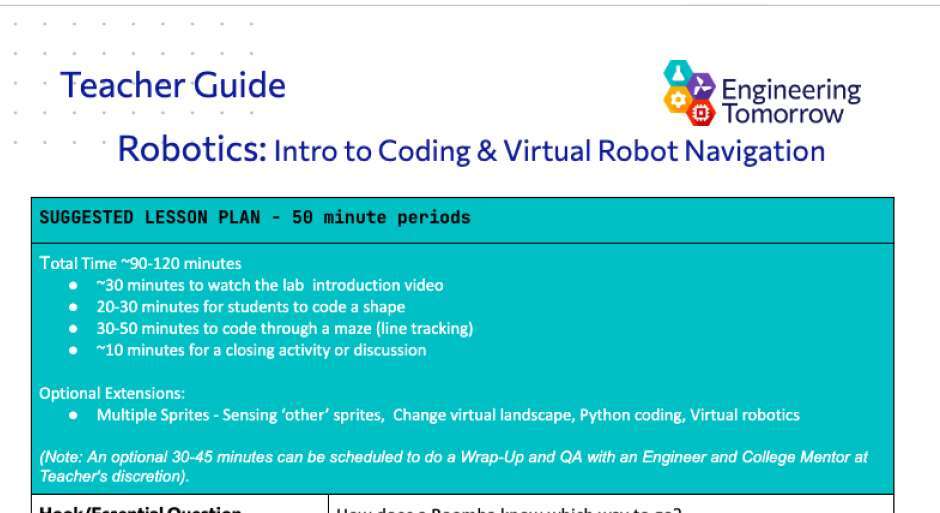
Teacher Guide
Pre-work, instructions and troubleshooting advice.
View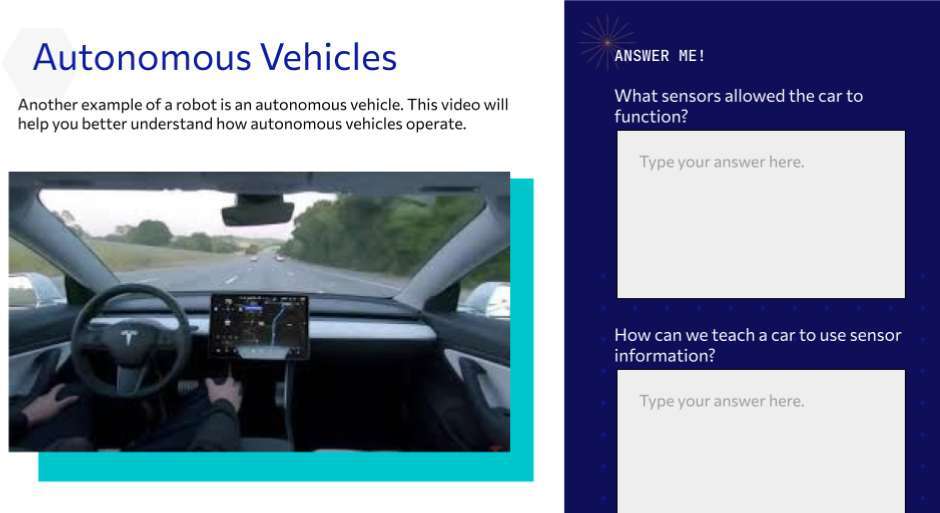
Student Workbook
Questions and assessments from the lab presentation.
View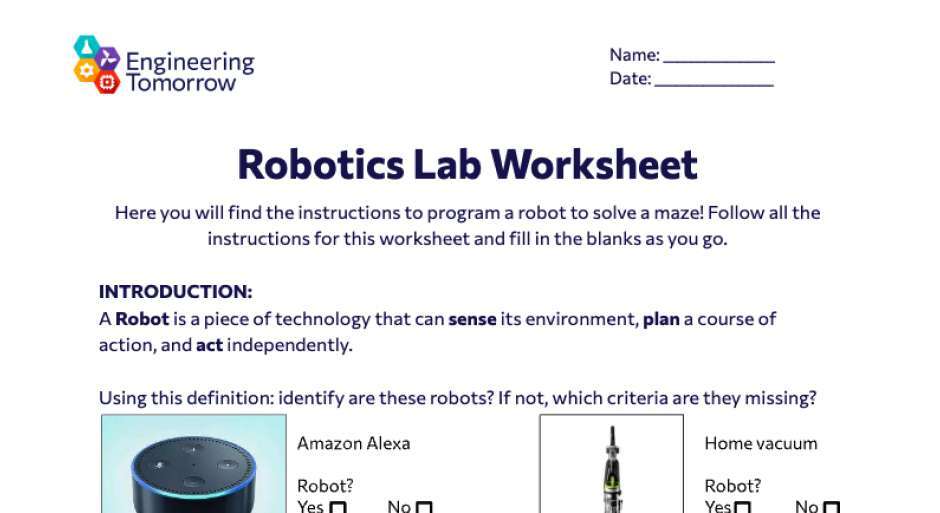
Abbreviated Student Worksheet
A worksheet containing major student lab activities.
View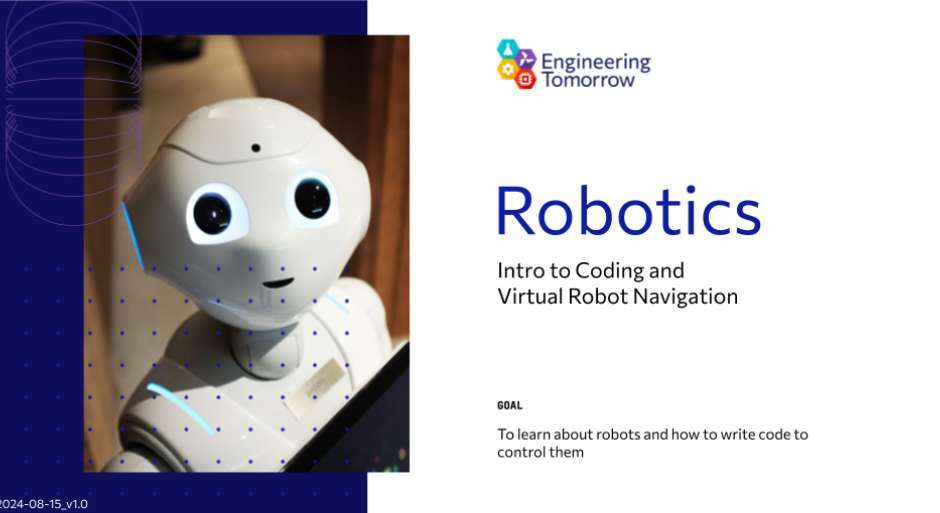
Engineer’s Presentation
Full lab presentation presented by our engineers.
ViewMeet the lab intro host

Milton Davis
Curriculum Coordinator
,
Engineering Tomorrow
Milton started at Goddard Space Flight Center as a Pathways Student in 2000 working with the Navigation & Mission Design and Components and Hardware Systems branches. As a co-op intern, Milton received a co-patent for his work on a demise-able momentum exchange system (reaction wheel) which has flown on the Global Precipitation Measurement and Lunar Reconnaissance Orbiter missions.
Milton served as an associate branch head of the GNC hardware branch from 2014 to 2018 focusing on new business, new technology, and re-chartering branch career paths. He transitioned to OSAM-1 in 2019 to serve as the Space Infrastructure Dexterous Robotics Payload Systems and Phase lead, and in 2020 he started serving as the OSAM-1 Space Vehicle lead.
Milton serves as the National Society of Black Engineers Greenbelt Space Chapter President. He holds a BS in Aerospace Engineering from Purdue University, a Masters in Project Management from Johns Hopkins University, and is completing a Masters in Robotics from Johns Hopkins University.

Milton started at Goddard Space Flight Center as a Pathways Student in 2000 working with the Navigation & Mission Design and Components and Hardware Systems branches. As a co-op intern, Milton received a co-patent for his work on a demise-able momentum exchange system (reaction wheel) which has flown on the Global Precipitation Measurement and Lunar Reconnaissance Orbiter missions.
Milton served as an associate branch head of the GNC hardware branch from 2014 to 2018 focusing on new business, new technology, and re-chartering branch career paths. He transitioned to OSAM-1 in 2019 to serve as the Space Infrastructure Dexterous Robotics Payload Systems and Phase lead, and in 2020 he started serving as the OSAM-1 Space Vehicle lead.
Milton serves as the National Society of Black Engineers Greenbelt Space Chapter President. He holds a BS in Aerospace Engineering from Purdue University, a Masters in Project Management from Johns Hopkins University, and is completing a Masters in Robotics from Johns Hopkins University.
WHY ENGINEERING TOMORROW

Labs are always conducted with no cost to schools, teachers or students.

Hands-on student activities get students excited and keep them engaged.

Cutting-edge instruction designed by professional engineers.

Unlock opportunities for kids all over the country.



